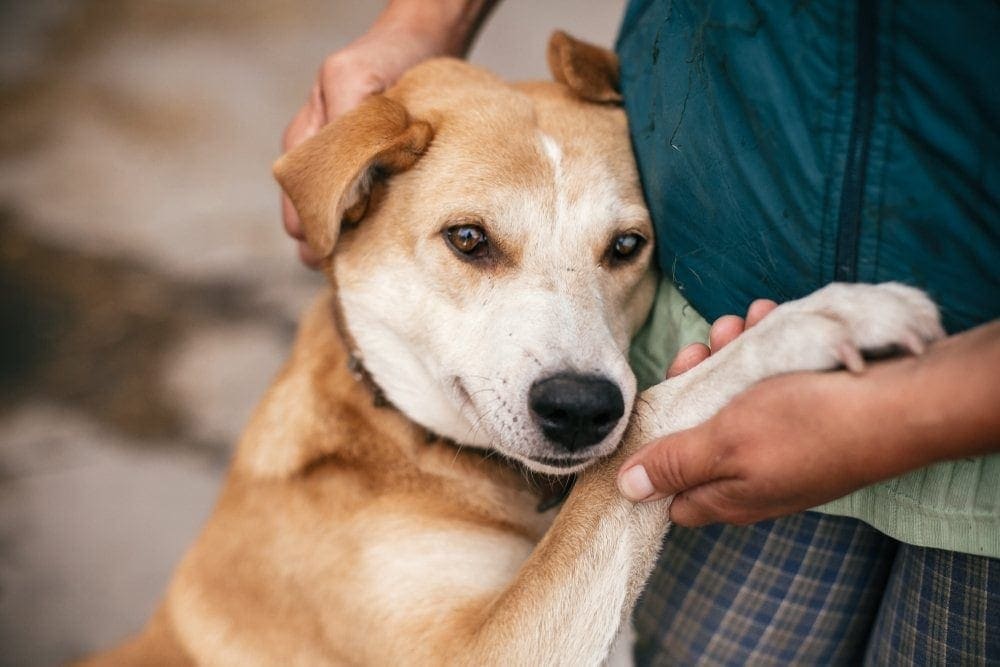How to Say Cat in 10 Different Languages (With Pronunciations)

Updated on

Cats, our furry feline companions, have been beloved pets across the globe for centuries. They’ve captured the hearts of people in numerous countries, and it’s no wonder that the word ‘cat’ exists in countless languages.
In this guide, we’ll explore how to say ‘cat’ in 10 different languages, complete with pronunciation tips. Whether you’re a language enthusiast, a cat lover, or simply curious, this linguistic journey is sure to be an exciting one. So, let’s dive into the world of cats and languages!
How to Say Cat in 10 Different Languages:
1. Spanish: Gato
The Spanish word for cat is “gato” (said: GAH-toh). A Romance language hailing from the Iberian Peninsula, millions of people worldwide can now speak this beautiful tongue.
When saying “gato” out loud, keep in mind to sound the “g” like you would when saying its English counterpart, “Go!” Give a slight emphasis on your pronunciation of the second letter as well, which should be said with an assertive tone.
2. French: Chat
For anyone looking to traverse the world, French is an invaluable language. A notable example of its utility can be found in its word for cat—“chat” (SHA). The English speakers among us will recognize the similarity between this and the English “sh” sound, with a silent “t” at the end.
Not only is it widely spoken in France itself, but also used officially across numerous other nations, as well!
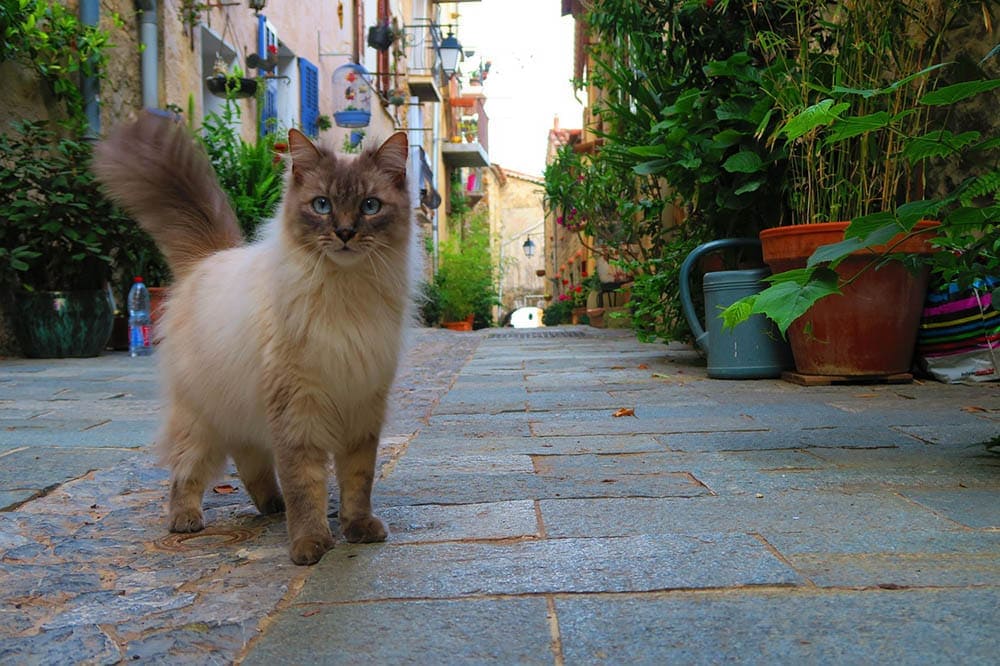
3. German: Katze
When speaking in German, the word for “cat” is “katze” (KAHT-suh). One of the many languages from the Indo-European language family, German resides predominantly in Germany, Austria, and Switzerland.
For optimal pronunciation, when saying “Katze,” stress its first syllable and articulate a “ts” sound for its last letter.
4. Mandarin Chinese: Māo
Mandarin, the most widespread language on earth and China’s official tongue, uses māo as its word for cat. Pronounced māo in a high-level first-tone pitch, this character is written using simplified Chinese notation. Interestingly, it’s almost like saying “meow” but without pronouncing the “e.”
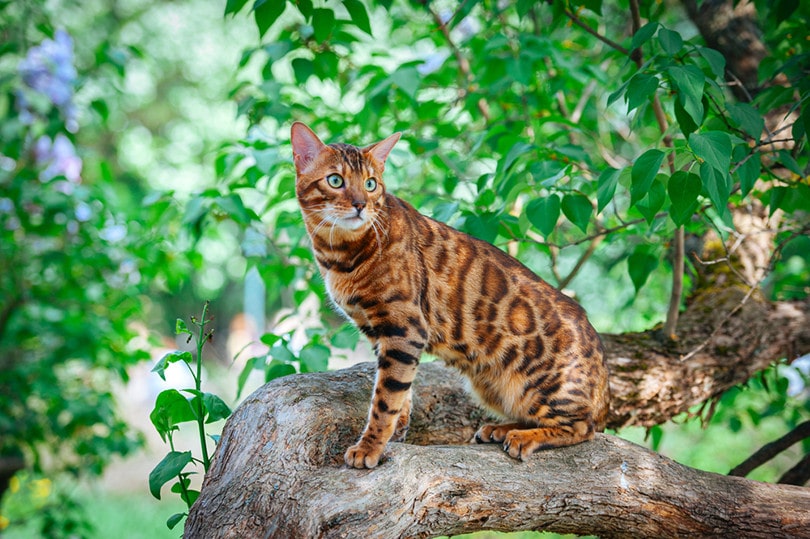
5. Japanese: Neko
In Japanese, the word for cat is “NEH-ko,” carefully emphasizing the first syllable. Not only is this language spoken in Japan, but its writing system stands out from many others with three distinct styles—kanji, hiragana, and katakana. The written form of “neko” uses kanji characters that reflect its pronunciation when said correctly.
6. Russian: Koshka
The Russian word for cat is ‘кошка’ (KOHSH-kuh), a term belonging to the East Slavic language family spoken in Russia and many of its bordering countries.
Pronounce it by emphasizing the first syllable’s stress while making a “sh” sound within the middle part. Note that this particular phrase is written in Cyrillic script.
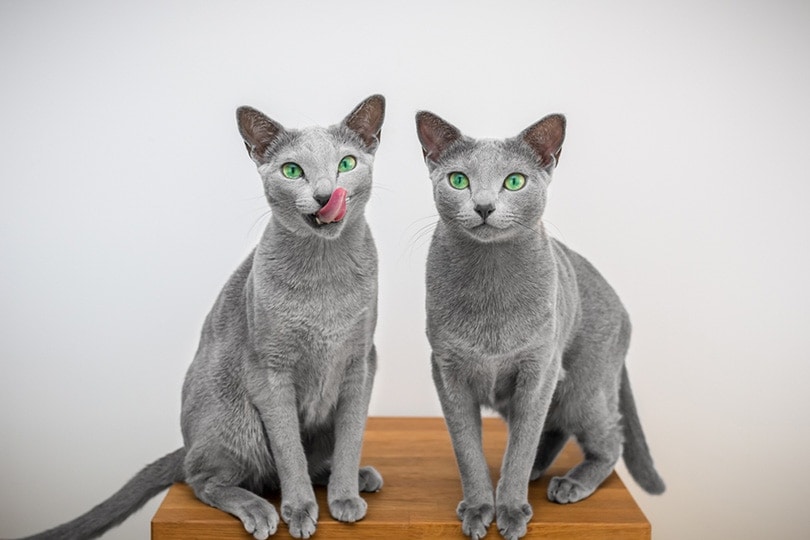
7. Kiswahili: Paka
This East African language is spoken in over 14 countries. That means around 200 million people speak Kiswahili, making it important to know how to say cat: paka (PA-ka). Speakers would emphasize the first syllable (pa).
8. Yoruba: Ológbò
Yoruba is widely spoken around West Africa, predominantly in Nigeria. So, if you are ever in that region and you hear someone calling “ológbò” (o-lung-bo), they are calling for their pet cat.
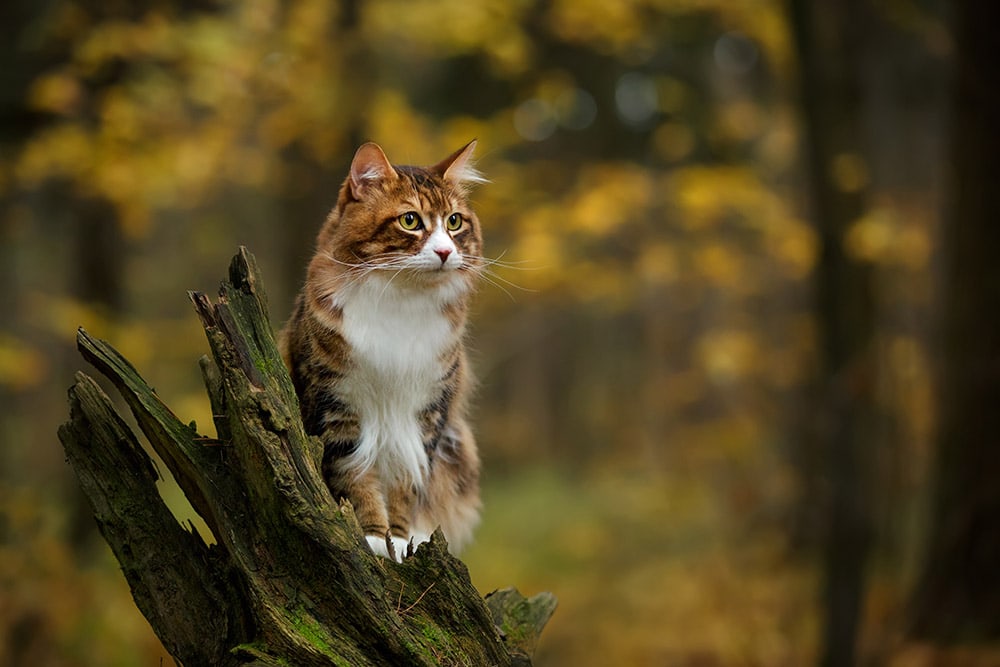
The Navajo people of the United States strive to keep their language alive, as it is considered “vulnerable”. To help educate people about this language, why not learn the Navajo word for cat: mósí (mo-SAY). There is a slight emphasis on the second syllable.
10. Arabic: Qitta
Lastly, in Arabic, the word for cat is pronounced: KEET-ta. Arabic is a Semitic language spoken in various countries across the Middle East and North Africa. When saying “qitta,” make sure to emphasize the first syllable and pronounce the “q” as a deeper “k” sound.
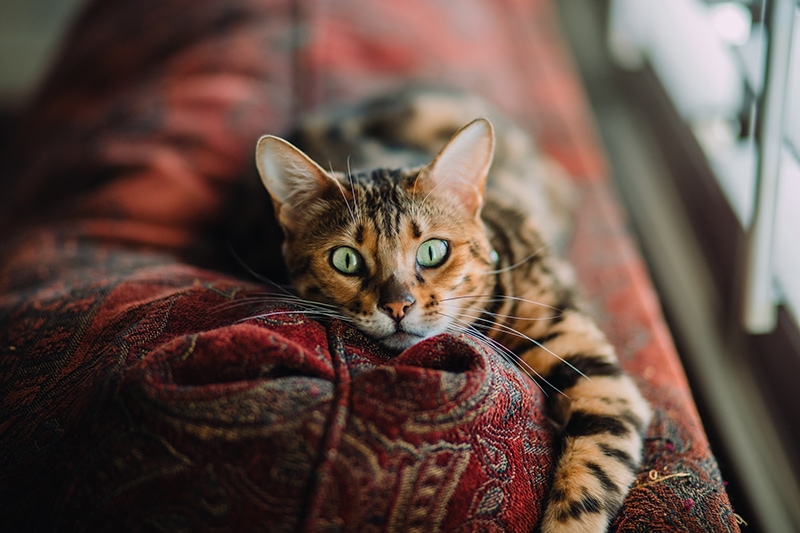
Conclusion
Now you know how to say “cat” in 10 different languages! This fun linguistic journey has taken us across the globe, showcasing the linguistic diversity and beauty of the word for our beloved feline friends.
Whether you’re traveling or simply looking to expand your linguistic range, knowing these basic words can help you make meaningful connections with those around you!
See also:
- Where Did the Term Raining Cats and Dogs Come From? (History & Possible Origins)
- What Is A Group Of Cats Called? Feline Terminology Explained
Featured Image Credit: Pixel-Shot, Shutterstock






